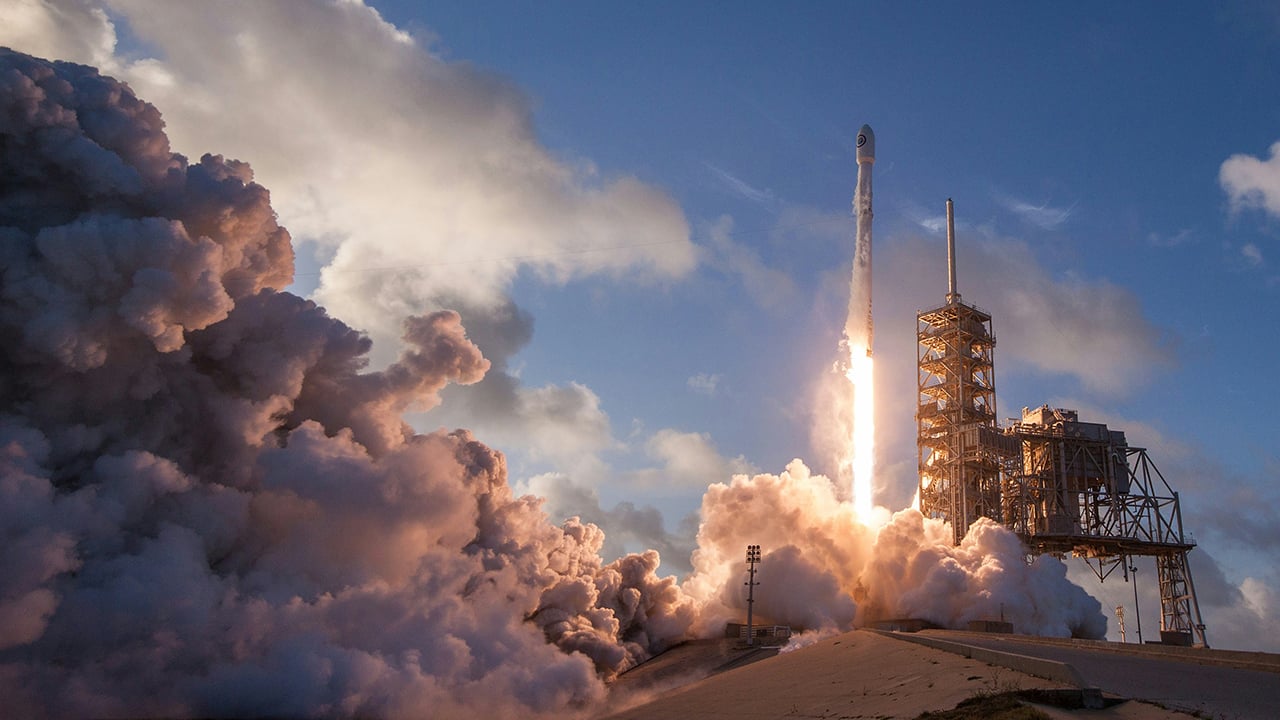
Image by SpaceX, from Unsplash
SpaceX’s Starship Aced Test Flight: Return to Earth Successful
SpaceX’s reusable Starship rocket successfully completed its fourth test flight on June 6, safely landing in the Indian Ocean. This success comes after three previous test missions resulted in the destruction of the rocket.
The two-stage rocket system is 400 feet (120 m) tall and consists of the Starship vessel and the Super Heavy rocket booster. During the test flight at the private Starbase facility in Texas, the booster detached from the rocket at an altitude of 46 miles (74 km) and performed a soft landing in the Gulf of Mexico. Meanwhile, the Starship rocket continued ascending to space powered by its own engines.
The rocket successfully reached Earth’s atmosphere and began a controlled reentry around 50 minutes after launch. The re-entry was live-streamed on the company’s X account with a camera mounted on the rocket, using a connection provided by Starlink satellites. The footage can now be viewed on SpaceX’s website.
“Despite loss of many tiles and a damaged flap, Starship made it all the way to a soft landing in the ocean! Congratulations @SpaceX team on an epic achievement!!” Elon Musk, SpaceX’s chief executive, wrote on X.
The Starship program, run by Musk’s SpaceX company, aims to revolutionize space exploration by developing reusable rockets. The development of Starship’s human landing system (HLS) is part of a collaboration with NASA and its Artemis missions, which aim to land humans on the South Pole of the Moon no earlier than September 2026.
Both the Starship vessel and boosters are meant to be refueled and launched again in a short timeframe, similar to airplanes. Together with its capacity to carry more than a hundred tons of payload into orbit in one flight, Starship’s success on Thursday brings us closer to a cheaper and more efficient mode of space travel.

 Previous Story
Previous Story

 Latest articles
Latest articles 

Leave a Comment
Cancel